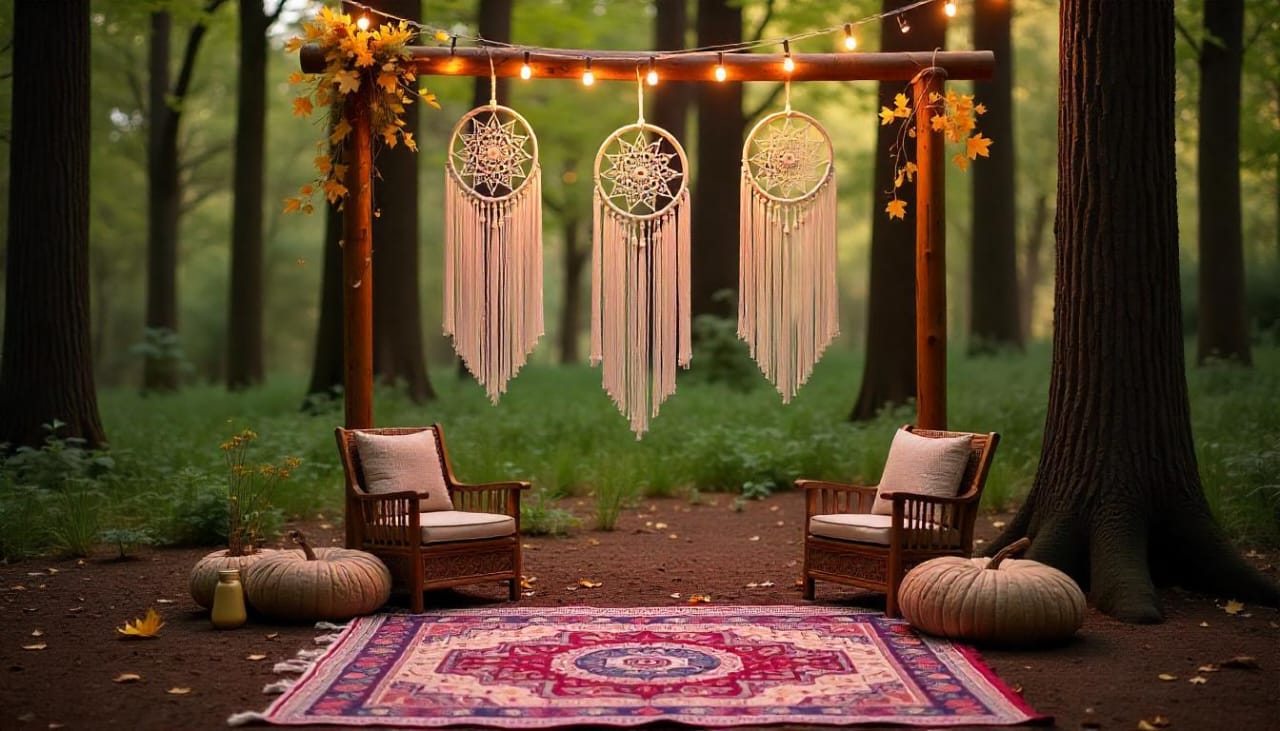Planning a wedding is one of the most exciting yet overwhelming experiences in life. While it’s easy to get lost in the excitement of choosing flowers, finding the perfect dress, and planning a dream celebration, there’s one crucial element that can often get overlooked — the budget. Setting a wedding budget is the foundation of your planning process, and it’s vital to stick to it if you want to avoid unnecessary stress or debt. Here’s a detailed guide on how to set a wedding budget and, most importantly, how to stick to it.
1. Start With a Realistic Estimate
The first step in setting a wedding budget is understanding how much you can afford to spend. Be realistic about your financial situation and how much you are comfortable spending on your wedding day. Consider your savings, your income, and any financial support from family or friends. It’s important to be honest with yourself and set an amount that will allow you to enjoy your day without stress.
Start by determining a total wedding budget, then break it down into categories. For example, you might allocate:
- 50% to the venue, catering, and beverages
- 10% to the dress and accessories
- 10% to the photographer and videographer
- 5% to entertainment (DJ, band)
- 5% to floral arrangements and decor
- 5% to the officiant and ceremony costs
- 15% to miscellaneous expenses (favors, transportation, beauty, etc.)
By setting a solid overall number and dividing it into categories, you can better understand where the money will go and avoid overspending in one area while neglecting others.
2. Prioritize Your Must-Haves
While you might have a vision of a glamorous wedding, it’s crucial to prioritize the elements that matter the most to you and your partner. Is the food and drink the most important part of the event, or are you both more focused on the entertainment? Understanding what you both value allows you to allocate your funds accordingly.
Talk with your partner and identify your must-haves and the aspects you’re willing to compromise on. For example, if you want a high-end photographer but are okay with less expensive flowers, make sure you allocate more of your budget to the photographer and less to the floral arrangements. This helps you keep your budget in check while still achieving the overall experience you want.
3. Research Costs in Your Area
Wedding costs can vary greatly depending on where you live. To ensure that you’re not blindsided by hidden expenses, it’s essential to research costs in your area. Look up typical prices for venues, catering, photographers, and other wedding essentials. Speak with vendors, attend bridal expos, and ask for quotes so you have an accurate idea of how much each service will cost.
By understanding the going rates in your area, you’ll be able to set a budget that reflects the reality of what you can expect to pay. It also helps prevent you from getting overzealous when booking vendors, ensuring that you don’t end up choosing someone who’s way outside your budget.
4. Be Prepared for Unexpected Costs
No matter how carefully you plan, unexpected costs will arise during wedding planning. It’s essential to build a contingency fund into your budget — typically 10-15% of your total budget. This buffer will cover any unforeseen expenses that may pop up along the way, such as last-minute alterations to your dress or additional decor.
Having this cushion can save you from feeling panicked if something unexpected happens. It also gives you peace of mind knowing that you have some flexibility in your budget.
5. Track Your Spending
Once your budget is set, it’s time to track your spending. Keep detailed records of every purchase and deposit you make throughout the planning process. There are several wedding budget apps available that can help you stay organized, or you can simply use a spreadsheet to track your expenses.
Regularly reviewing your spending ensures that you don’t lose sight of your overall budget and prevents you from going overboard. If you find that you’re getting close to your budget limit in one category, consider adjusting your plans in other areas to compensate.
6. Negotiate With Vendors
Don’t be afraid to negotiate with wedding vendors to get the best price possible. Wedding vendors are used to working with couples on budgets, and many are open to offering discounts or flexible pricing. Ask about package deals, off-peak discounts, or alternative services that may cost less.
While it’s important to stay firm on your budget, it’s also okay to ask for adjustments or more affordable options. Be polite and respectful but don’t shy away from negotiating to get the most value for your money.
7. Cut Costs Without Compromising Quality
There are many ways to cut wedding costs without compromising on the quality of your celebration. Consider smaller changes that can make a big difference in your overall budget. Here are a few ideas:
- Opt for a smaller guest list: The more guests you invite, the higher the costs for food, drinks, and seating. Consider trimming your guest list to close family and friends.
- Choose a non-traditional venue: If you’re flexible with location, consider hosting your wedding at a park, beach, or other low-cost venues rather than an expensive banquet hall or resort.
- DIY where possible: Many couples save money by making their own wedding invitations, centerpieces, and favors. Look into DIY options for decor and stationery to save on professional services.
8. Stick to Your Budget
Staying disciplined with your budget is the most challenging part of wedding planning. It’s easy to get swept up in the excitement of planning and want to splurge on items you hadn’t initially planned for. But, staying focused on your budget ensures that you avoid financial stress down the road.
To help keep you on track, have regular check-ins with your partner or a trusted friend to review your spending. If you feel yourself getting tempted to overspend, take a step back and revisit your priorities. Remember, your wedding day is about celebrating your love, not about keeping up with the latest trends or going beyond your financial means.
Final Thoughts: Enjoy the Process
Wedding planning is undoubtedly a big undertaking, but it doesn’t have to be a stressful one. By setting a clear and realistic budget, prioritizing what’s most important to you, and being mindful of your spending, you can create the wedding of your dreams without breaking the bank. With a little discipline and focus, you can stay on track and create an unforgettable experience that fits within your financial means.





